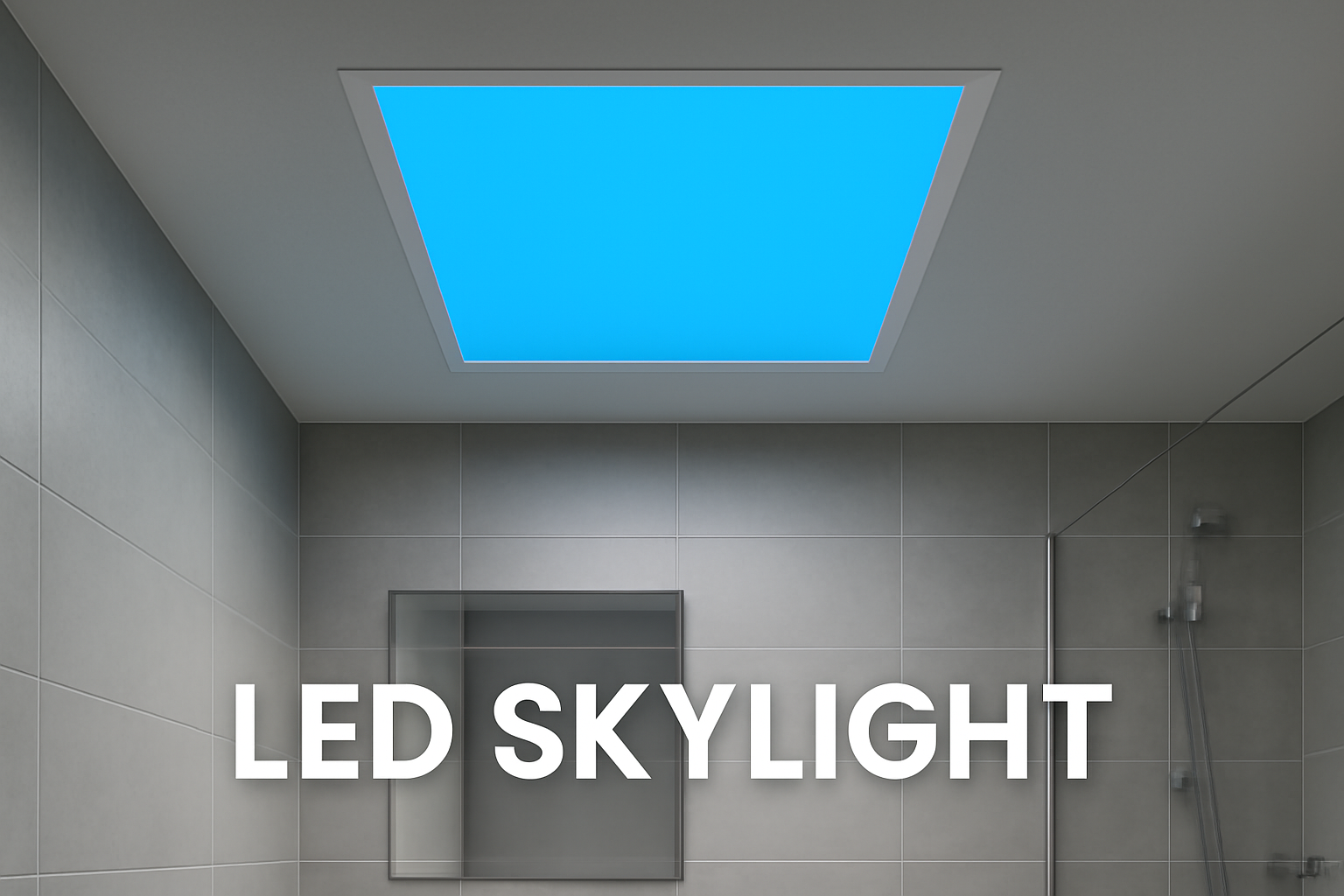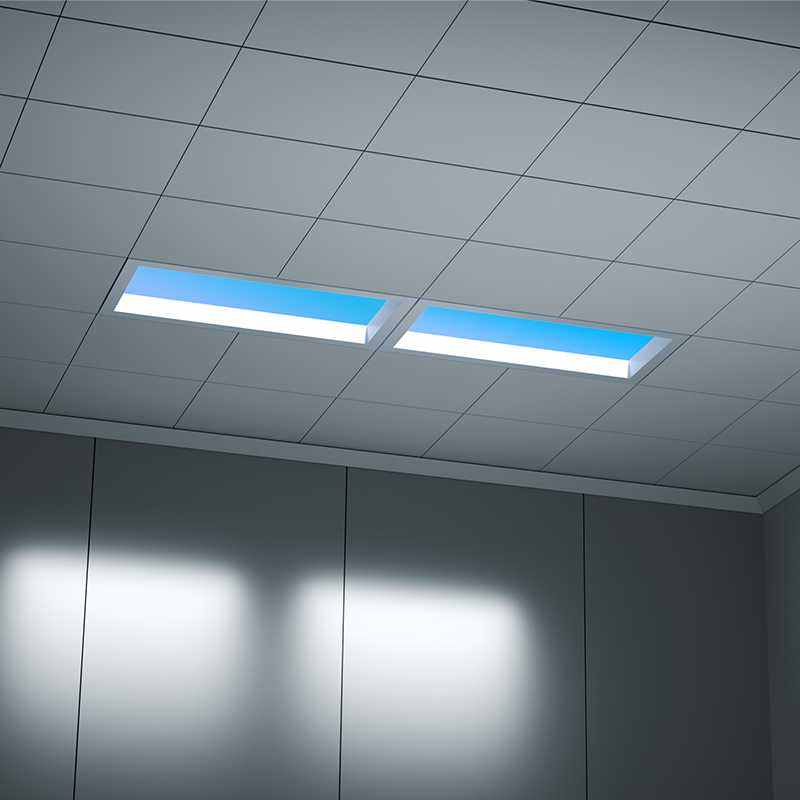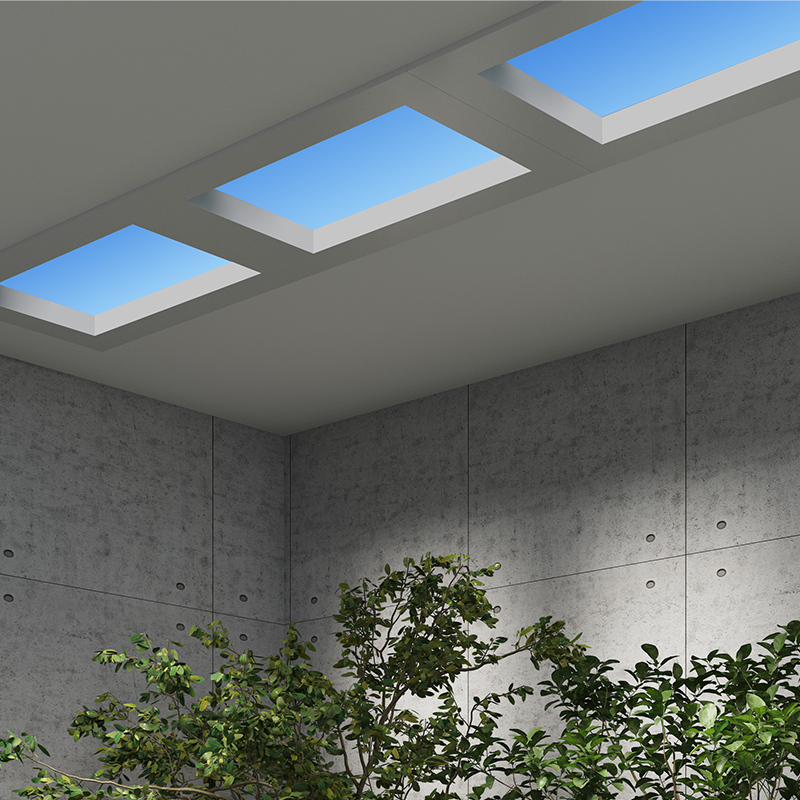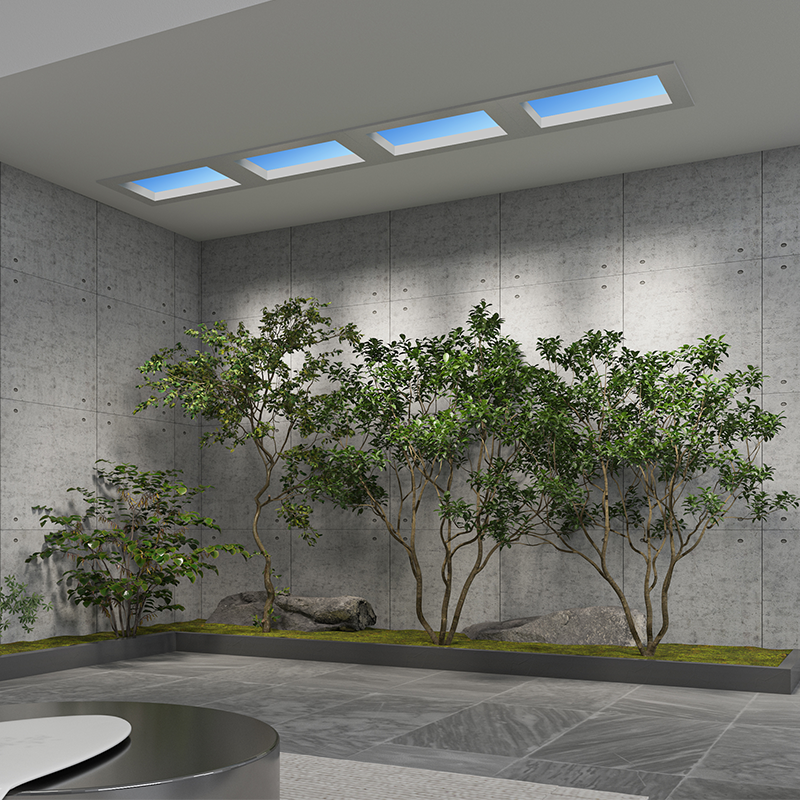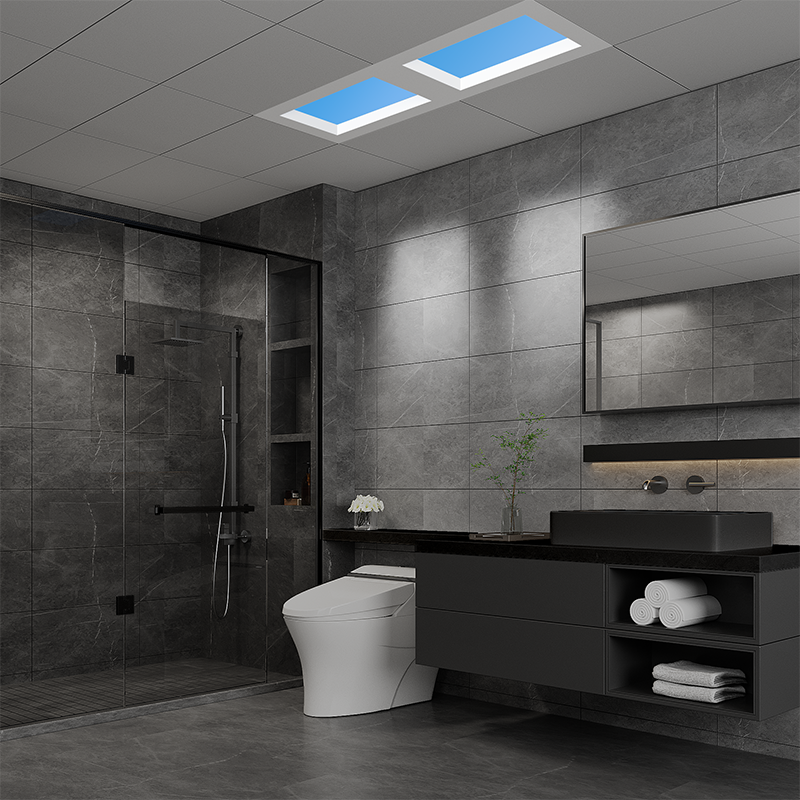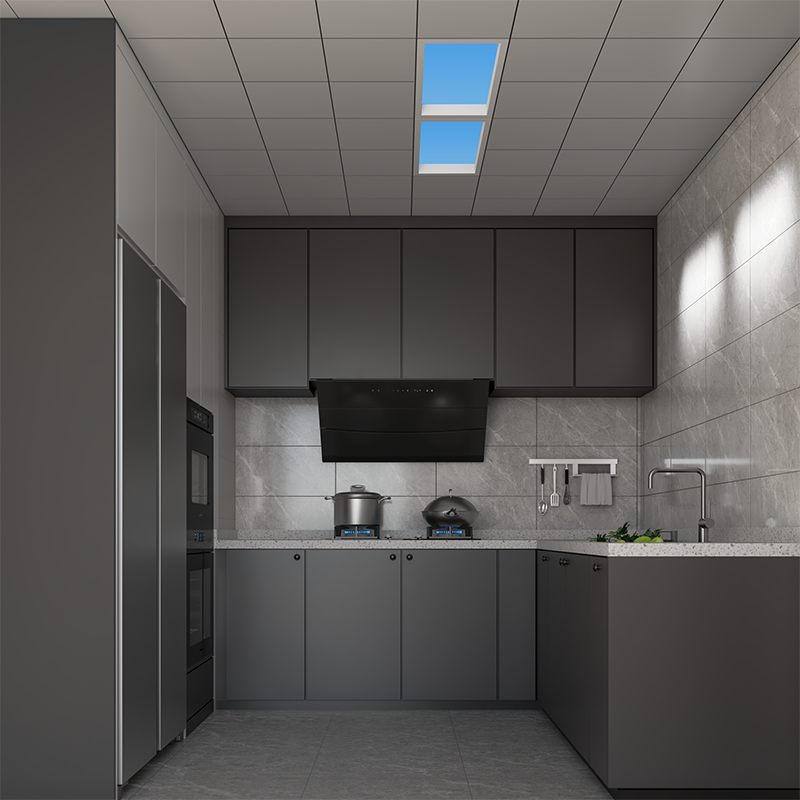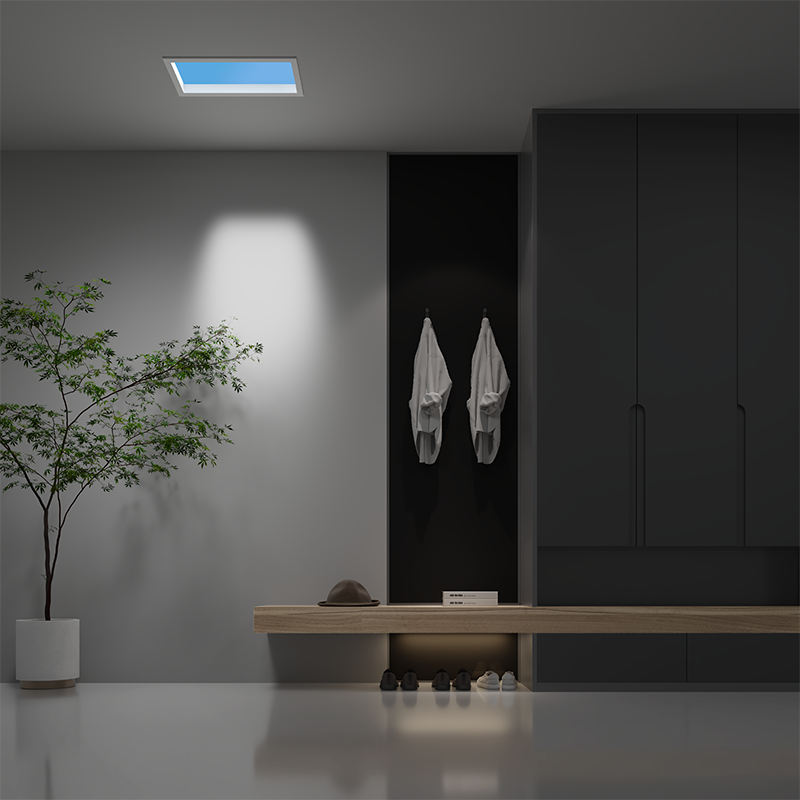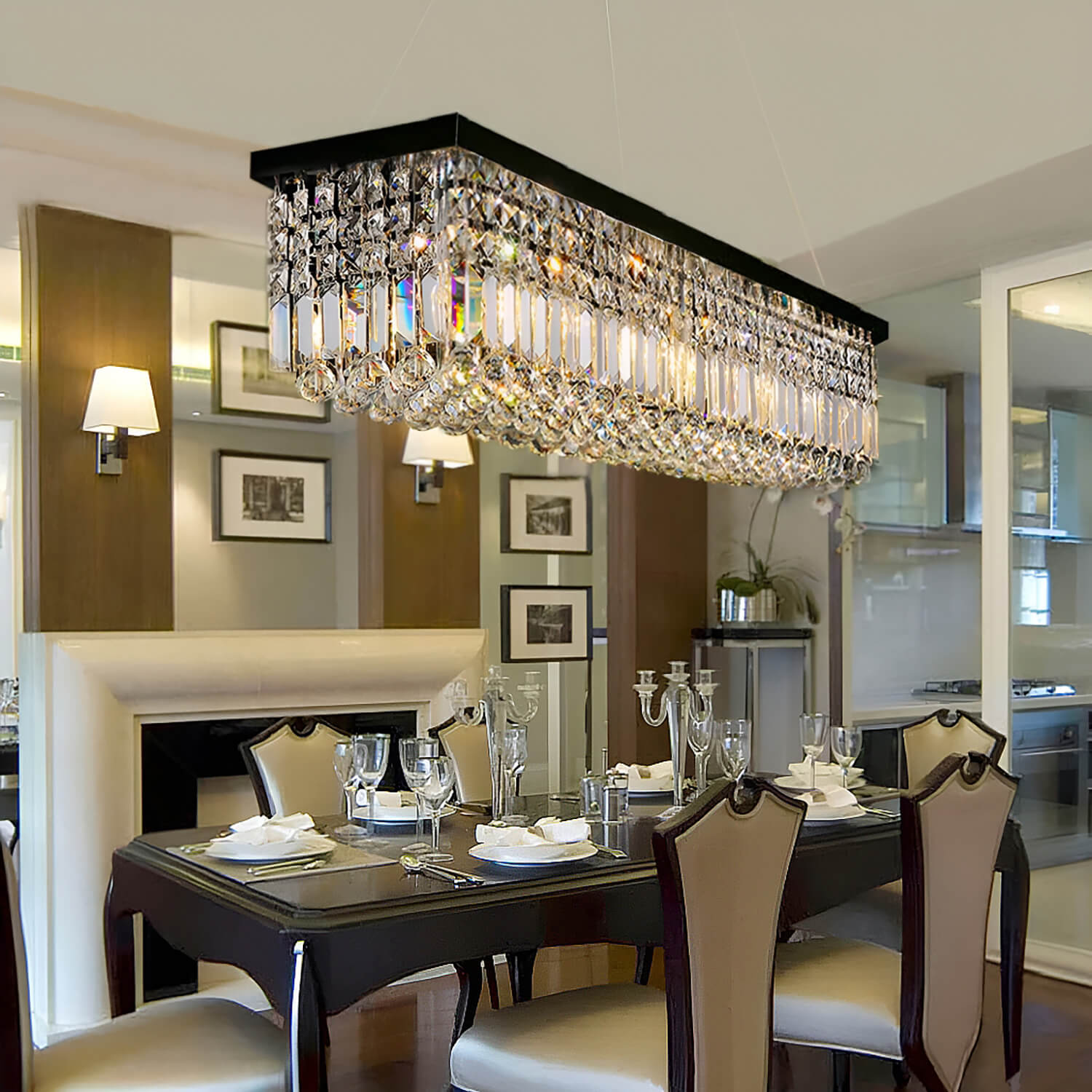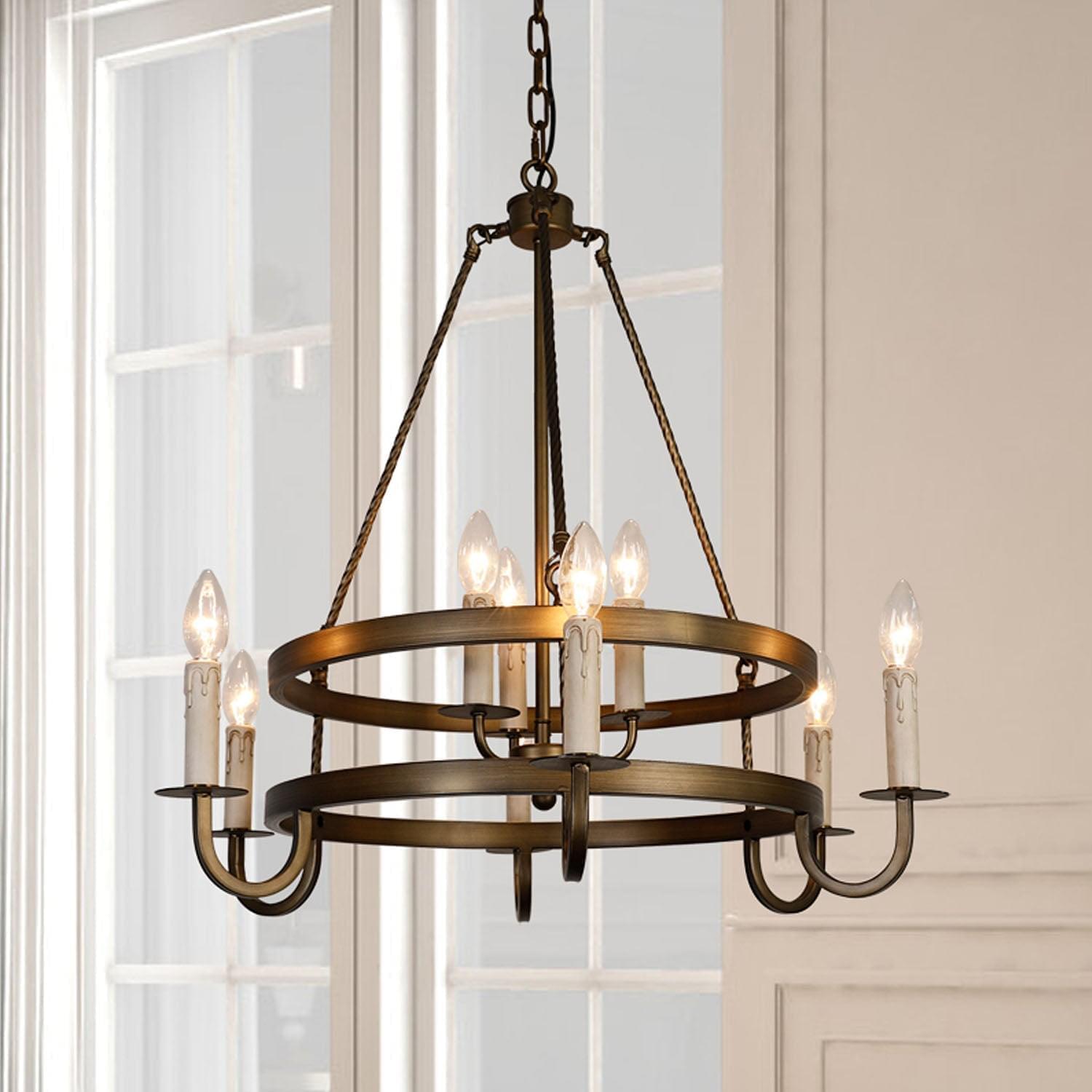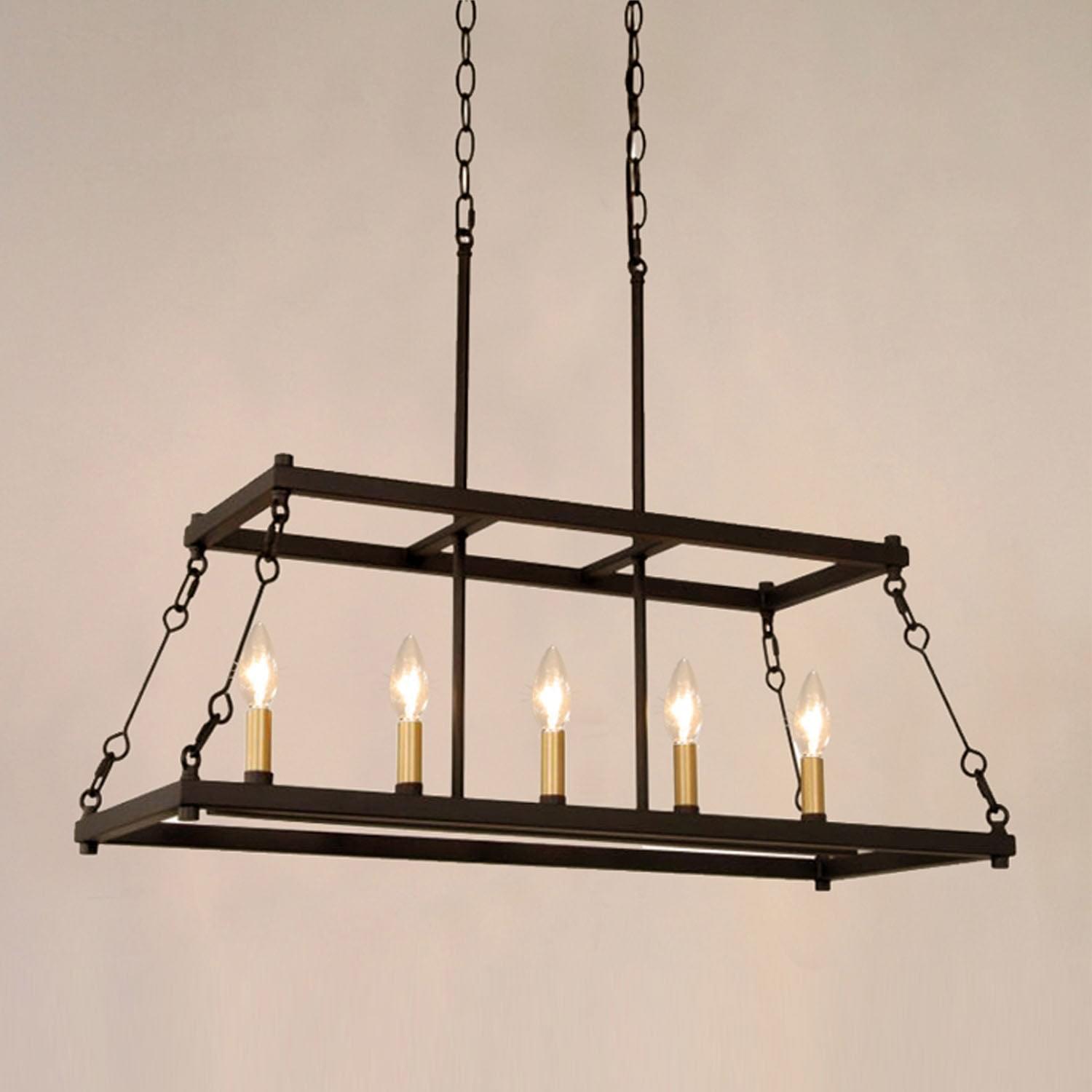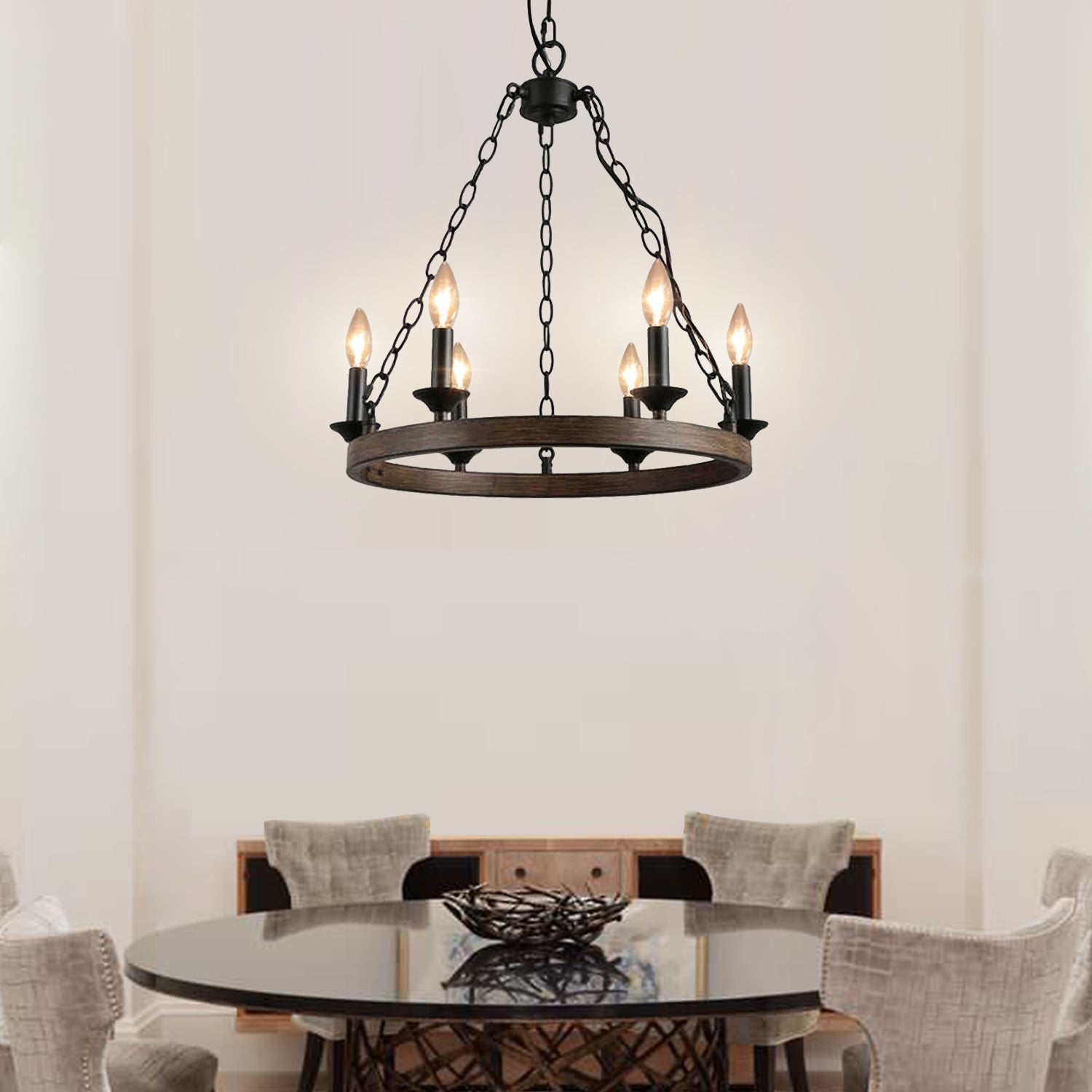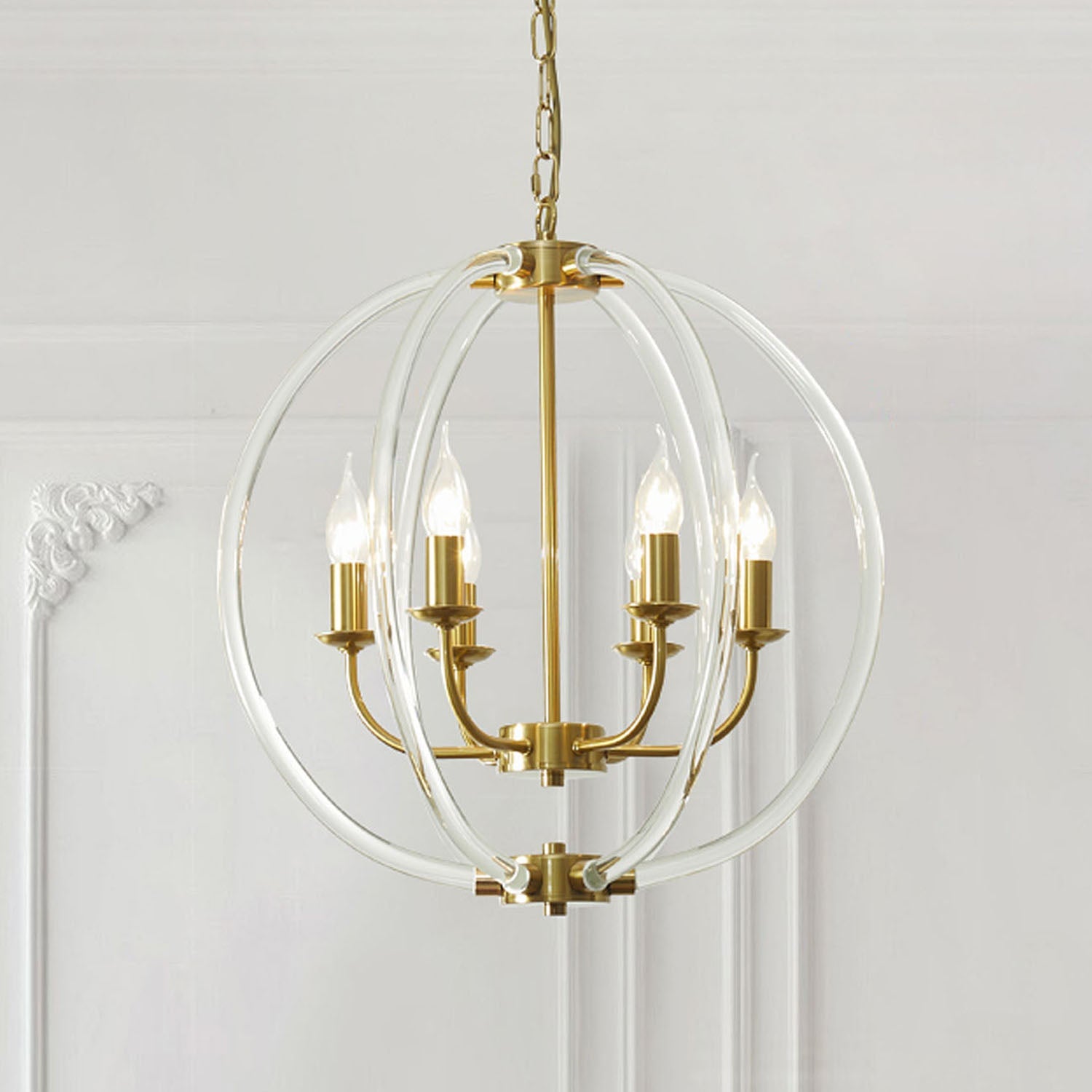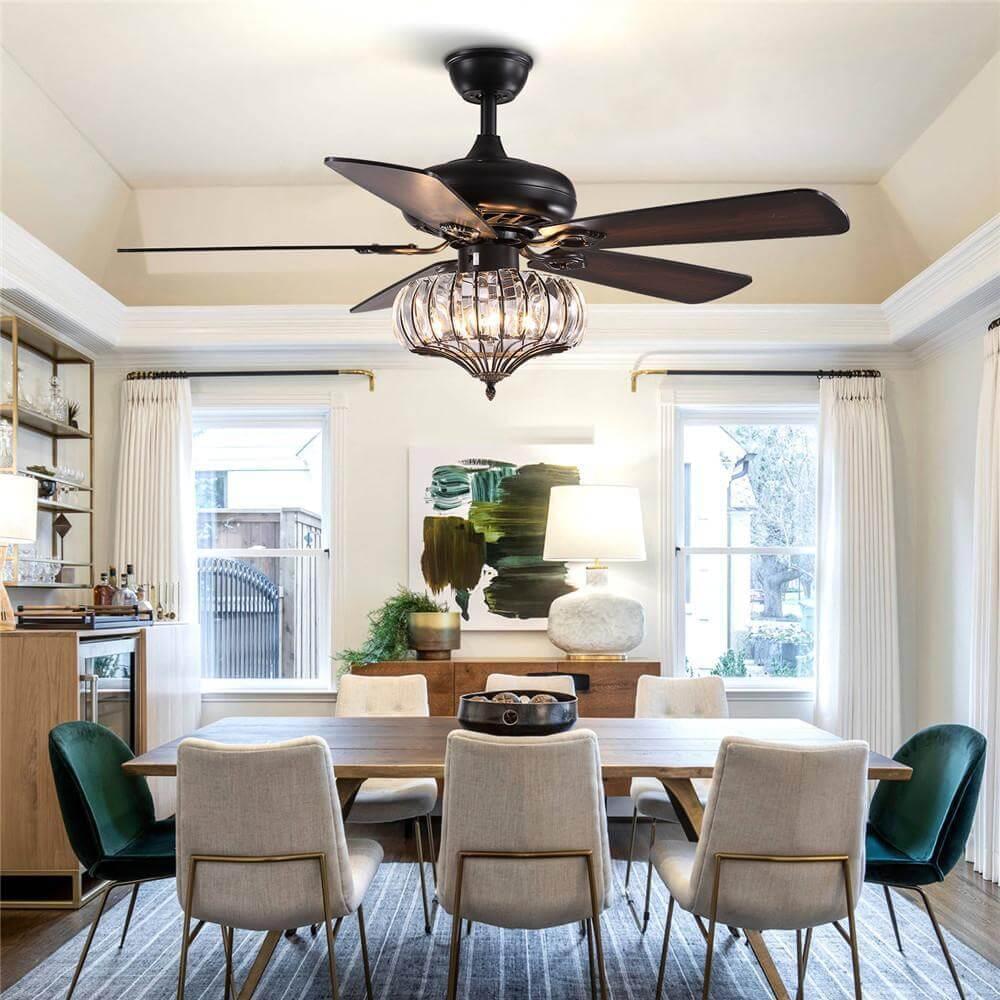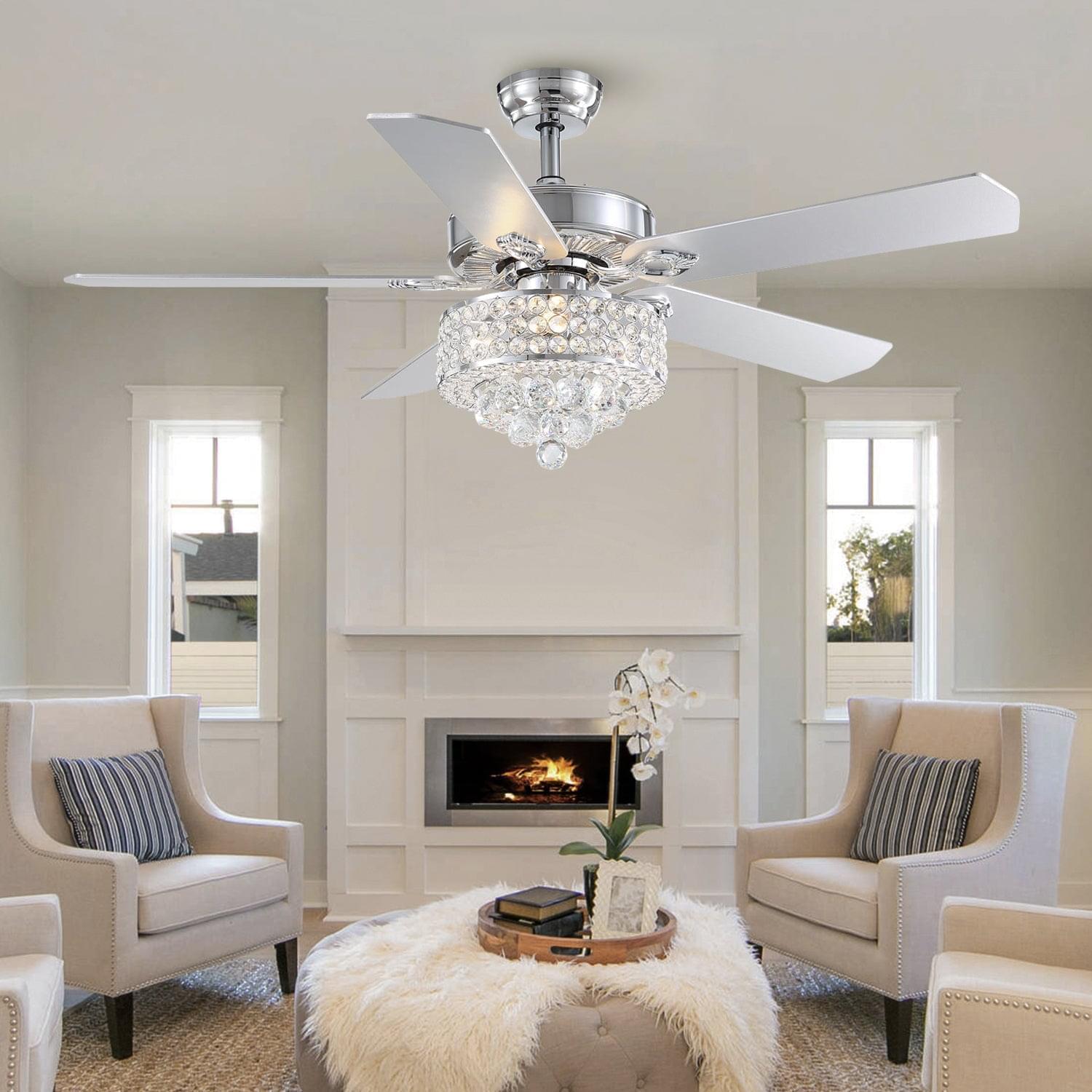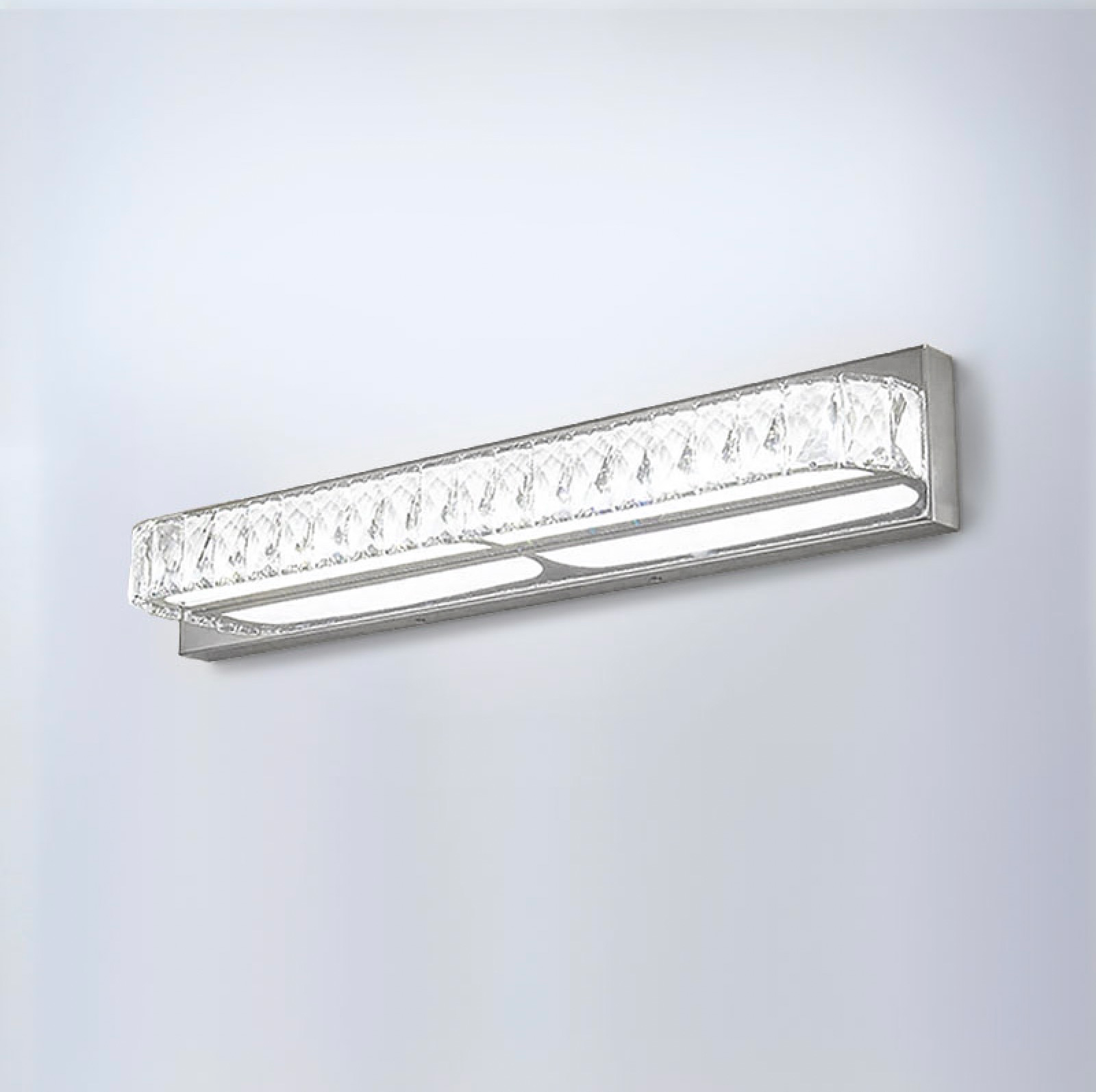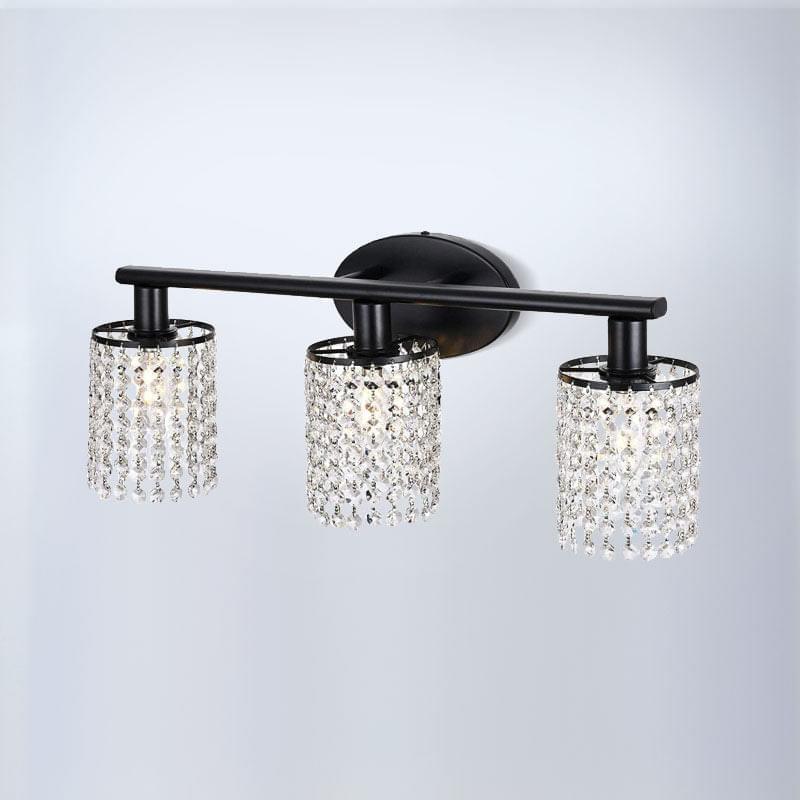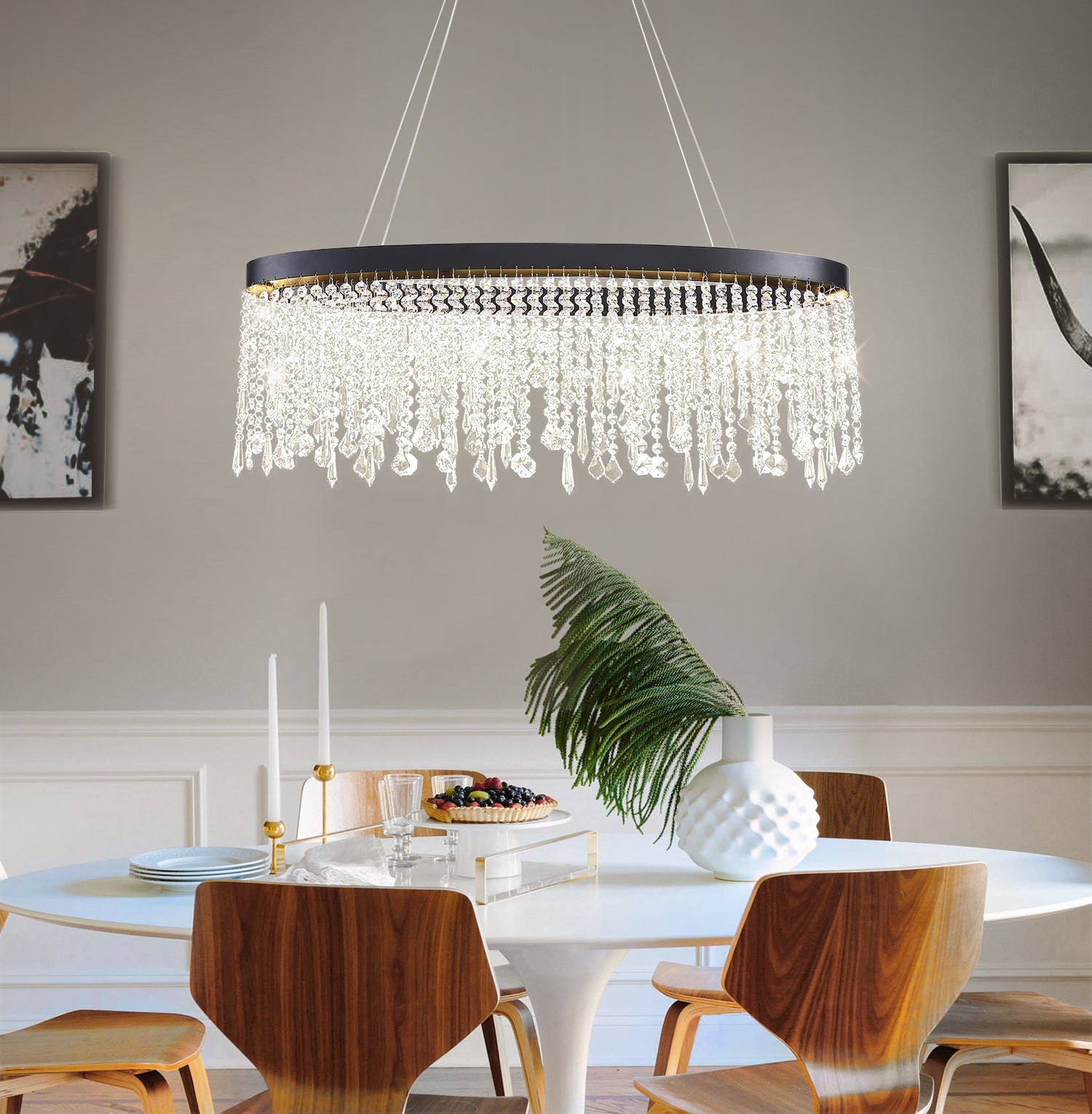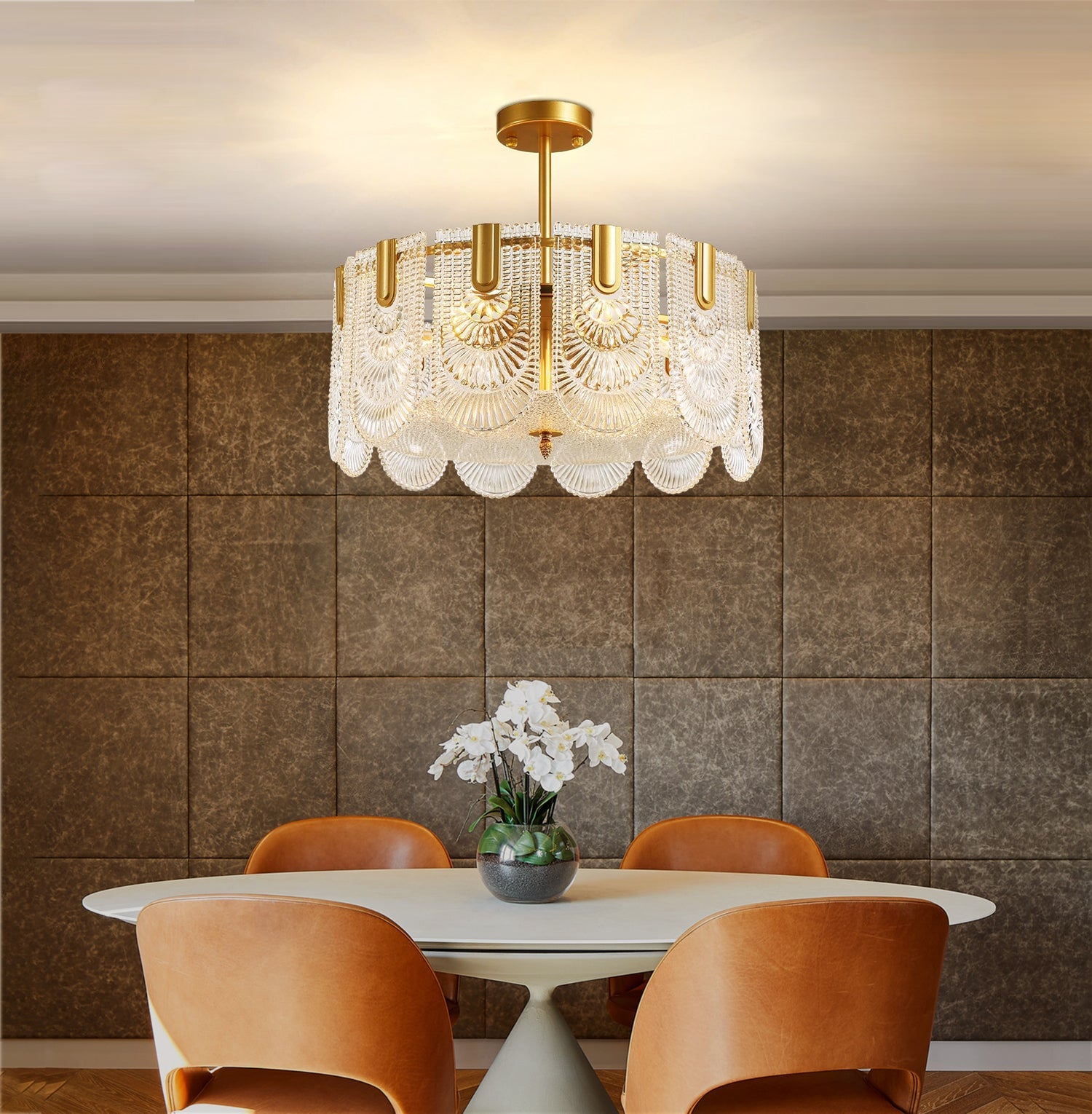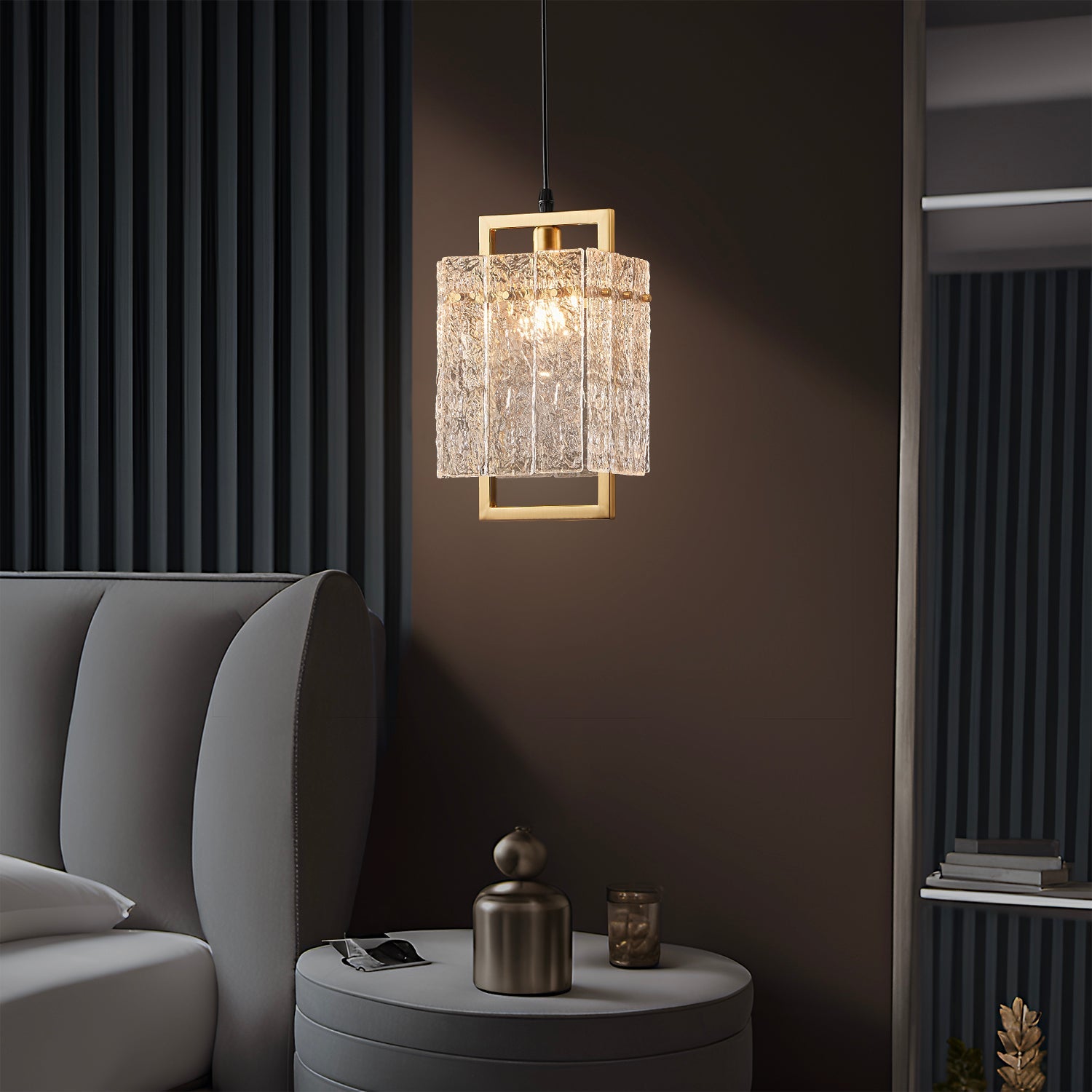Choosing the right LED skylight can transform your space. You want a skylight that matches your room’s purpose, fits the floor area, and works with your roof’s orientation. The right choice boosts comfort, saves energy, and looks great.
Did you know? Studies show that using proper skylight-to-floor ratios (5.5–6%) can cut energy demand by up to 19%, and daylighting strategies reduce lighting loads by 20–77%. LED skylights also improve mood and well-being while making your room feel brighter and more inviting.
Key Takeaways
Match your skylight to your room’s purpose to get the best light and comfort.
Size your skylight to about 3-5% of the floor area for balanced daylight.
Choose skylight types—fixed, ventilated, or tubular—based on your space and needs.
Pick skylights with energy-saving features like dimming controls and blinds to lower bills.
Hire a professional for installation and clean your skylight regularly to keep it working well.
Assess Your Space
Room Purpose
Before you pick a skylight, think about what you do in the room. Every space has its own needs. For example, you might want bright, even light in a classroom or office, but a cozy bedroom may need softer lighting. The right skylight can boost how you feel and work in that space.
Here’s a quick look at how different rooms benefit from skylights:
Room Purpose/Environment |
Skylight Feature |
Impact on People |
Details |
|---|---|---|---|
Classrooms |
Diffused daylight |
Students learn faster with more daylight. |
|
Retail Stores |
No glare, even light |
More sales, happy customers |
Stores look bigger and more welcoming. |
Offices |
Natural-feeling light |
Better mood, less stress |
Workers feel more connected to nature. |
Government Buildings |
Venting, diffusers |
Comfort, energy savings |
Skylights help control heat and airflow. |
Tip: Ask yourself, “What do I want to feel or do in this room?” Your answer will help you choose the best skylight features.
Floor Area and Skylight Size
Now, let’s talk about size. You want your skylight to fit the room, not overwhelm it. Start by measuring your floor area. A good rule is to make the skylight area about 3-5% of the room’s floor space. If your room has few windows, you can go up to 15% for more daylight.
Here’s how you can figure out the right size:
Measure your room’s length and width. Multiply them to get the floor area.
Multiply the floor area by 0.03 (for 3%) or 0.05 (for 5%) to find the skylight size.
For rooms with high ceilings, you can space skylights farther apart. For example, if your ceiling is 20 feet high, keep skylight edges no more than 28 feet apart.
Using several smaller skylights instead of one big one can spread light more evenly.
Note: Large buildings can have skylight coverage up to 75% of the floor area, but most homes do best with 3-5%.
Roof Orientation
Where you place your skylight matters just as much as size. The direction your roof faces changes how much light and heat you get.
North-facing skylights give steady, cool light all day. Great for workspaces.
East-facing skylights bring in morning sun and warmth.
West-facing skylights catch afternoon sun, which can heat up the room later in the day.
South-facing skylights offer the most winter sunlight but can make rooms hot in summer.
If you want to avoid too much heat, think about adding blinds or shades. You can also use special glass to block extra sun. Placing your skylight in the right spot helps you get the most out of your led skylights, making your space bright and comfortable without overheating.
Pro tip: Always check your roof’s slope and make sure water can drain away from the skylight. Good placement keeps your skylight working well for years.
When you match the skylight to your room’s purpose, size it right, and pick the best spot on your roof, you set yourself up for a bright, energy-saving space. Led skylights can make any room feel bigger, happier, and more inviting when you plan ahead.
Types of LED Skylights
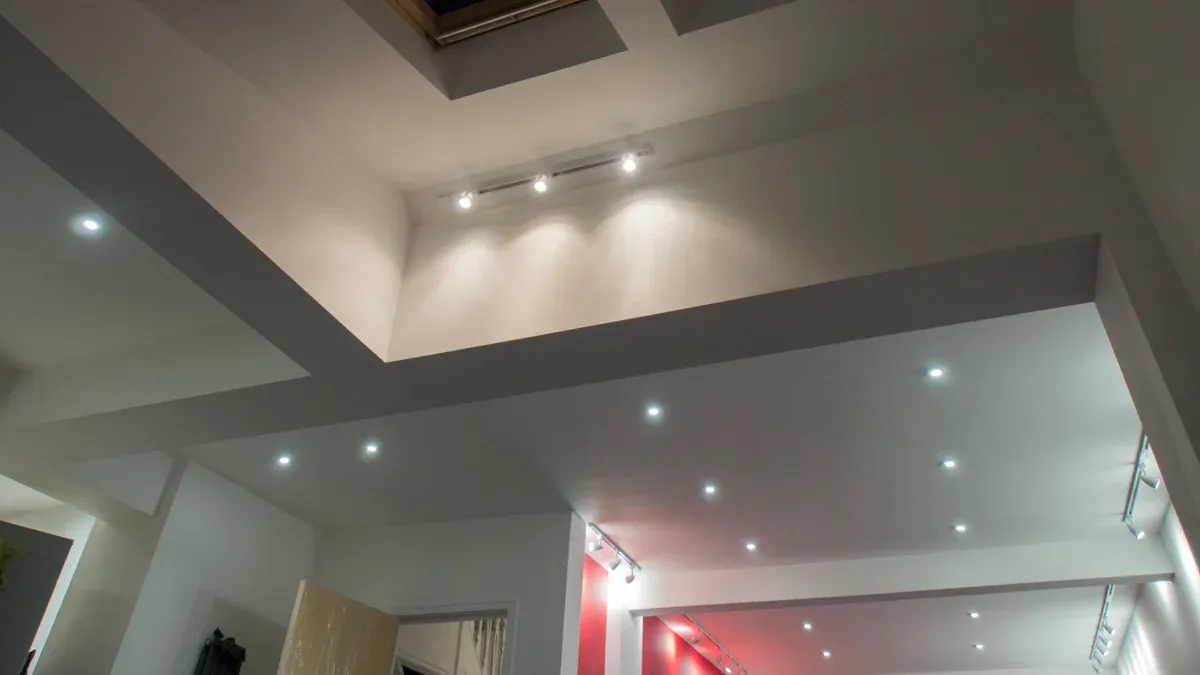
Choosing the right skylight type can make a big difference in your space. Each type has its own strengths. Let’s look at the three main types you’ll find when shopping for led skylights.
Fixed
Fixed skylights are the most common and simple option. You can’t open them, so they don’t let in air, but they do bring in lots of steady daylight. These skylights work well in rooms where you want more light but don’t need extra ventilation, like hallways, closets, or living rooms.
You’ll find that fixed skylights are usually the easiest and most cost-effective to install. Their simple design means fewer moving parts, which helps keep installation costs down. You also get consistent daylight, which cuts down on your need for artificial lighting. This can help you save on your energy bills over time.
Note: Fixed skylights are a great pick if you want to brighten up a space without worrying about extra features or higher installation costs.
Ventilated
Ventilated skylights do more than just let in light. You can open them to let fresh air flow into your room. This makes them perfect for kitchens, bathrooms, or any space that gets stuffy or needs help with moisture control.
These skylights come with extra parts, like hinges or remote controls, so they cost more to install than fixed skylights. However, they can help you save energy in other ways. By letting in fresh air, ventilated skylights can lower your need for air conditioning or fans. This can make your home feel cooler and more comfortable, especially in the summer.
Tip: If you want both daylight and better airflow, ventilated skylights are a smart choice. They work well in rooms where you cook, shower, or just want a breeze.
Tubular
Tubular skylights are small but mighty. They use a special dome on your roof to catch sunlight from all directions, not just straight above. Then, they send that light down a highly reflective tube into your room. This design makes them perfect for small or tight spaces, like closets, hallways, laundry rooms, or even bathrooms.
You might be surprised by how much light these little tubes can deliver. Tubular skylights work well in places where regular skylights won’t fit or where you don’t have much natural light. Studies show that these systems can cut energy use by over 60% in compact spaces, like underground parking garages. The secret is in their design—reflective tubes and special domes help spread light evenly, even through long or twisty paths. You also don’t have to worry about extra heat or UV rays.
Tubular skylights brighten up small, dark spaces.
They save energy by reducing the need for electric lights.
Their design keeps out unwanted heat and UV damage.
Did you know? Classrooms with more daylight, including from tubular skylights, see students learn faster and score higher on tests. Even in homes, these skylights can make small rooms feel bigger and more cheerful.
Which Type Fits Your Space?
Here’s a quick guide to help you match skylight types to your needs:
Skylight Type |
Best For |
Roof Structure |
Key Benefits |
|---|---|---|---|
Fixed |
Living rooms, hallways, closets |
Most roof types |
Cost-effective, steady daylight |
Ventilated |
Kitchens, bathrooms, laundry rooms |
Roofs with easy access |
Airflow, moisture control, energy savings |
Tubular |
Small or windowless spaces |
Any roof, even with obstacles |
Fits tight spots, high energy efficiency |
When you choose led skylights, think about what your room needs most. Do you want steady light, fresh air, or a way to brighten up a small space? Picking the right type helps you get the most comfort, energy savings, and value from your skylight.
LED Skylights Features
Brightness and Controls
When you pick a skylight, brightness matters. You want enough light to read, work, or relax. Modern LED skylights can give you over 500 lux of light, which is perfect for offices and study spaces. The light feels natural because these skylights use LEDs with a color temperature close to real daylight—about 5770 K. People say this kind of light feels pleasant and helps them see colors clearly.
You might notice that some spots in a room look brighter than others. This happens because of how the skylight faces the sun or how the light spreads. Some skylights let you adjust the brightness or even change the color of the light. Dimming controls help you set the mood or save energy. If you want a cozy evening or a bright morning, look for skylights with easy-to-use controls.
Tip: Choose a skylight with dimming or smart controls if you want to change the light for different times of day or activities.
Energy Efficiency
Saving energy is good for your wallet and the planet. LED skylights use much less electricity than old-style bulbs—at least 75% less. They also last a lot longer, so you won’t need to replace them as often. If you switch to LED lighting, you could save about $225 each year on your electric bill. Some homes even cut their lighting costs by 35–40% over time.
You can save even more by adding motion sensors. These turn off the lights when no one is in the room, cutting lighting costs by over 30%. When you choose energy-efficient skylights, you get bright, comfortable light and lower bills.
Blinds and Shades
Sometimes you want to block out the sun or keep your room cool. Integrated blinds and shades help you control both light and heat. You can pick fixed-angle blinds or smart systems that adjust themselves. These features can cut your heating and cooling costs by up to 37%. The best systems use smart controls to predict sunlight and adjust automatically, saving even more energy.
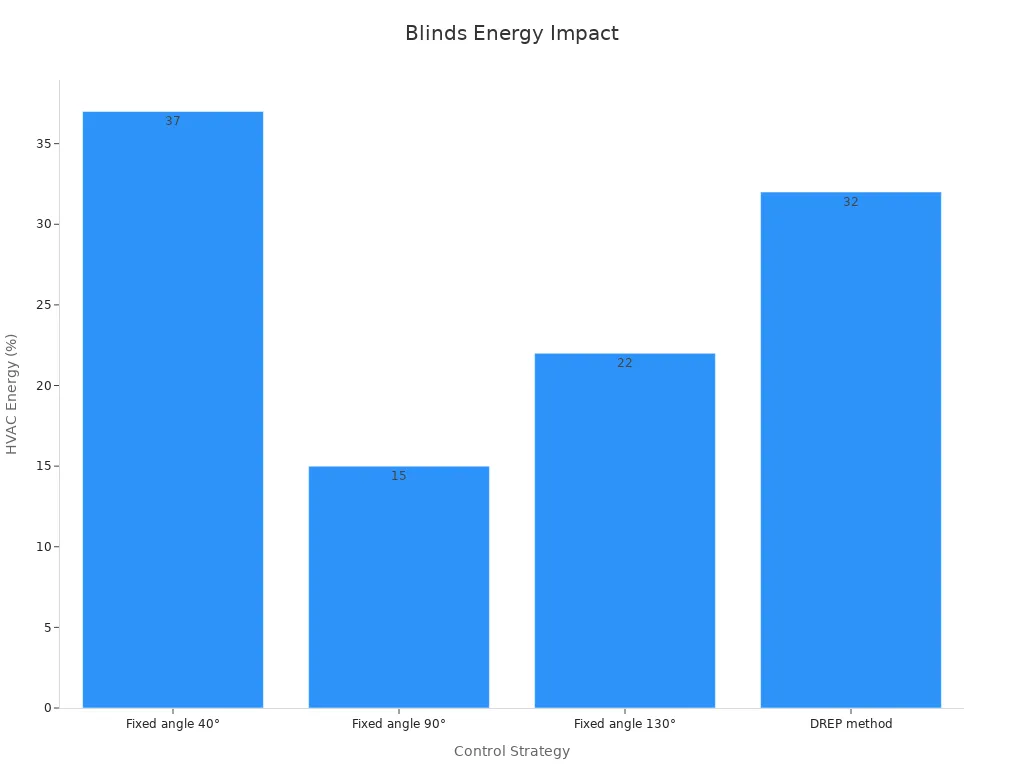
Here’s what you get with integrated blinds and shades:
Daylight and lighting control strategies save up to 84%
HVAC energy savings from 3% to 43%, depending on where you live
Note: If you live in a hot or sunny area, look for skylights with built-in blinds or shades. They keep your space comfortable and help you save money.
Installation and Maintenance
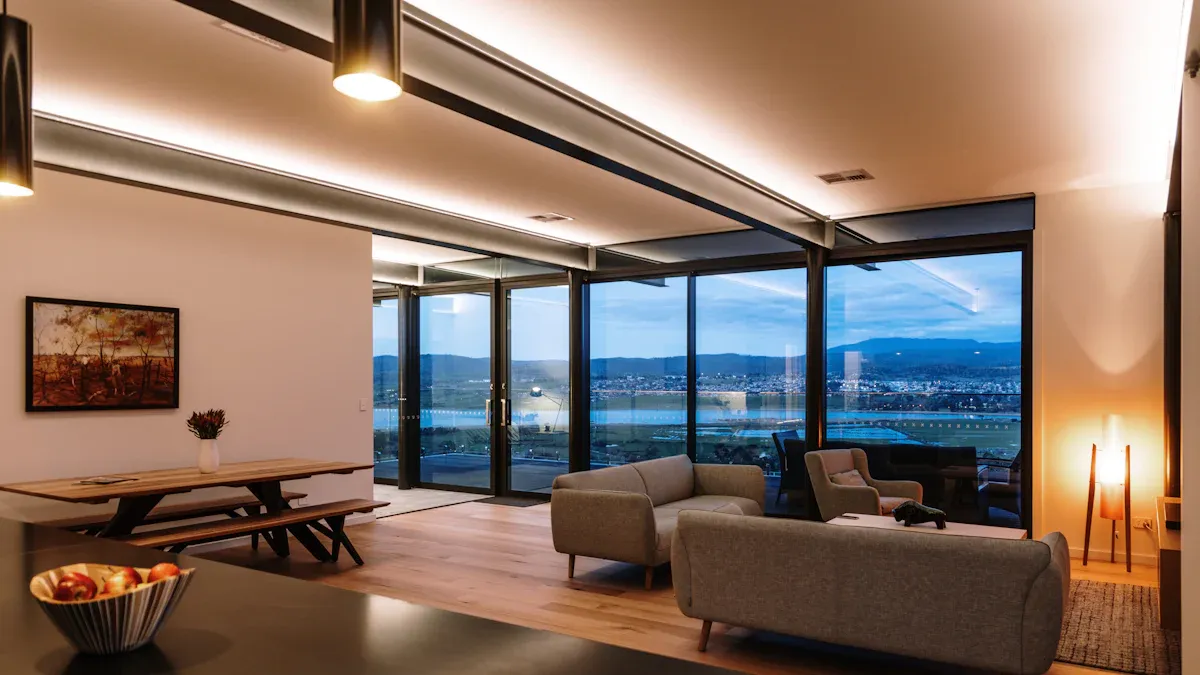
Professional Help
You might feel tempted to install a skylight yourself, but getting professional help is the safest choice. Installing a skylight means cutting into your roof, which can get tricky fast. Roofs come in all shapes and materials. Some need extra support or special weatherproofing. If you skip these steps, you could end up with leaks, drafts, or even damage to your home.
Experts know how to check if your roof can handle a skylight. They look at the structure, load-bearing strength, and insulation. Sometimes, they need to add reinforcements or use insulated framing to stop heat from escaping. Studies show that missing these details can cause big problems, like heat loss or condensation. When you hire a pro, you get peace of mind. Your skylight will stay safe, energy-efficient, and leak-free for years.
Tip: Always ask your installer about their experience with your roof type. A good installer will explain how they keep your home safe and comfortable.
Cleaning and Longevity
Keeping your skylight clean helps it last longer and shine brighter. Dirt, leaves, and dust can block sunlight and make your room look dull. You should check your skylight every season. Look for cracks, leaks, or anything that seems off. Wipe the glass with a soft cloth and mild soap. Avoid harsh cleaners that might scratch the surface.
Most skylights last between 10 and 20 years. How long yours lasts depends on the weather, how often you use it, and how well it was installed. Regular care makes a big difference. Here’s a quick guide to help you remember:
Task |
How Often |
Why It Matters |
|---|---|---|
Clean glass |
Every 3-6 months |
Keeps light bright and clear |
Inspect for leaks |
Every season |
Stops water damage early |
Check seals/frames |
Every season |
Prevents drafts and heat loss |
Professional check |
Every 1-2 years |
Extends lifespan, keeps safe |
Note: Many skylights come with warranties. Keep your paperwork handy and ask your installer about coverage.
Taking care of your skylight doesn’t take much time, but it pays off. You get more light, lower bills, and a safer home.
Choosing the right skylight can feel simple when you break it down. Start by thinking about your room’s purpose and size. Pick the skylight type that fits your needs. Look for features that boost comfort and save energy. Talk to a pro for safe installation.
Take your time, compare your options, and choose what feels best for your space. You deserve a bright, comfortable home!
FAQ
How much does it cost to install an LED skylight?
The price depends on the size, type, and your roof. Most people spend between $800 and $2,500 for one skylight, including installation. Custom features or tricky roofs can cost more.
Can I install an LED skylight myself?
You can try, but it’s risky. Cutting into your roof is hard. You might cause leaks or damage. It’s best to hire a pro. They know how to keep your home safe and dry.
Do LED skylights really save energy?
Yes! LED skylights use less power than regular lights. You get bright light without high bills. Some homes save up to 40% on lighting costs. You also use less air conditioning if you add blinds or shades.
How do I clean and care for my skylight?
Wipe the glass with a soft cloth and mild soap.
Check for leaks or cracks every season.
Ask a pro to inspect it every year or two.
Tip: Regular cleaning keeps your skylight bright and clear!

